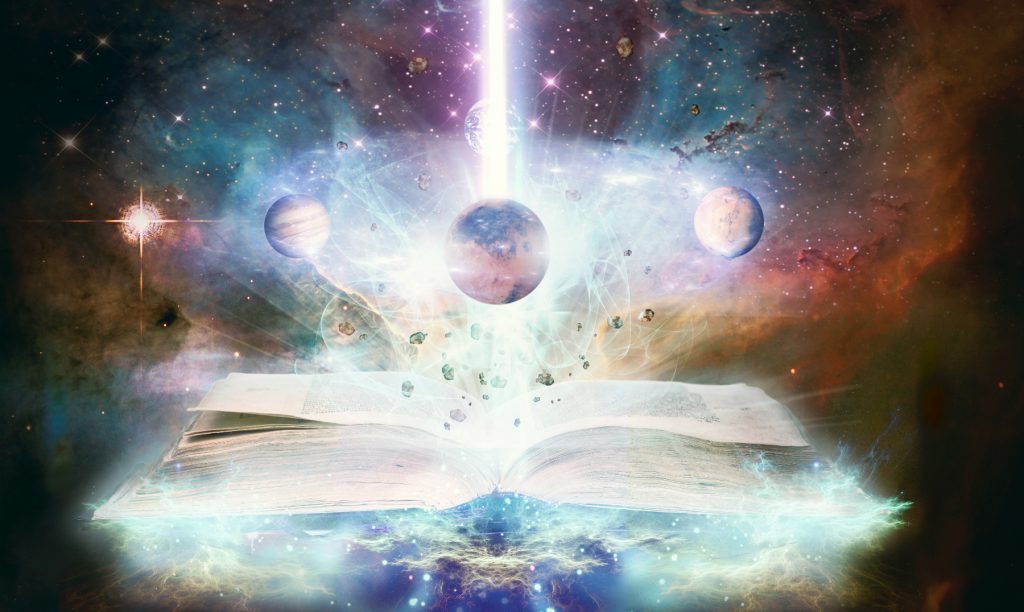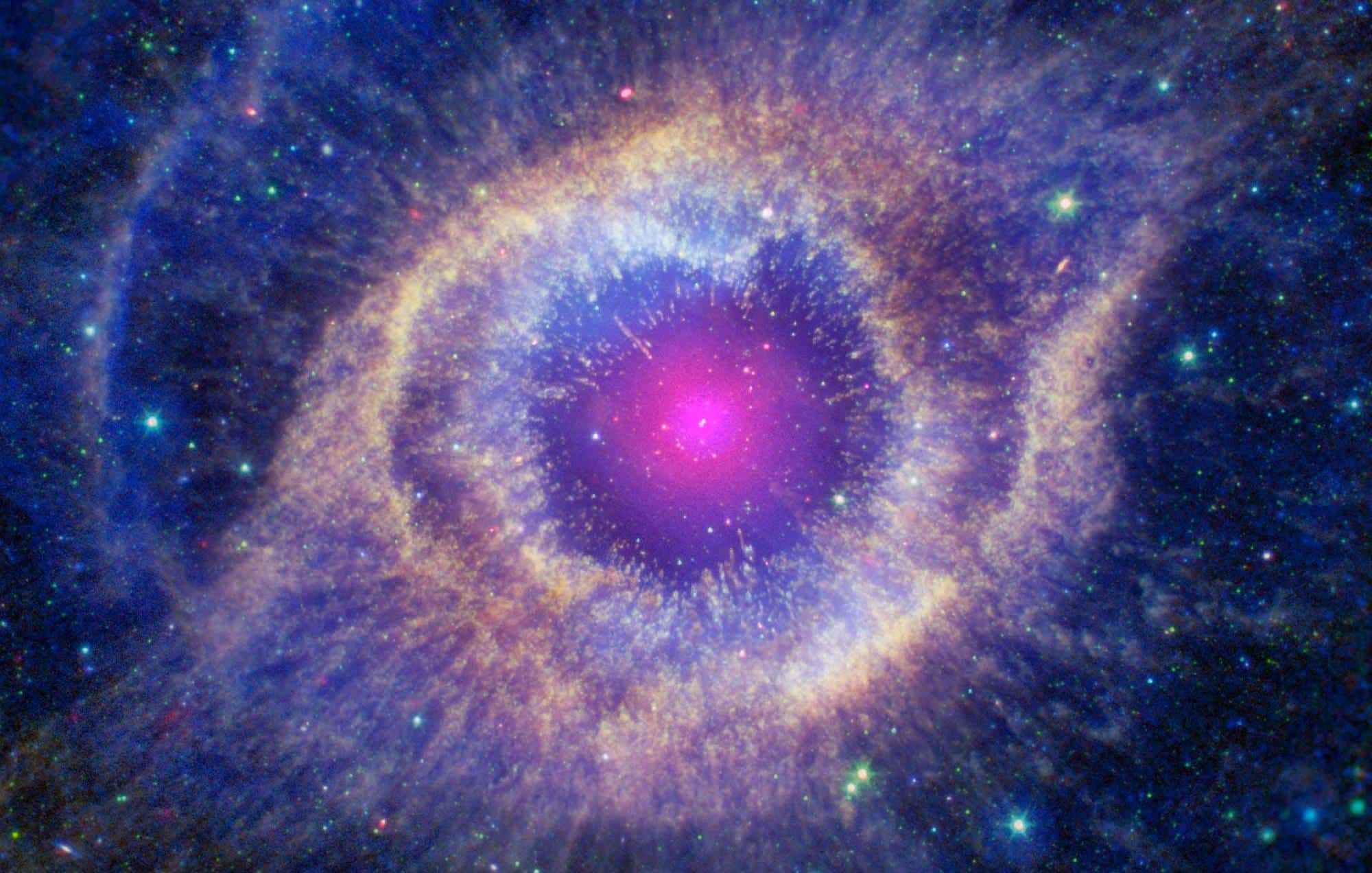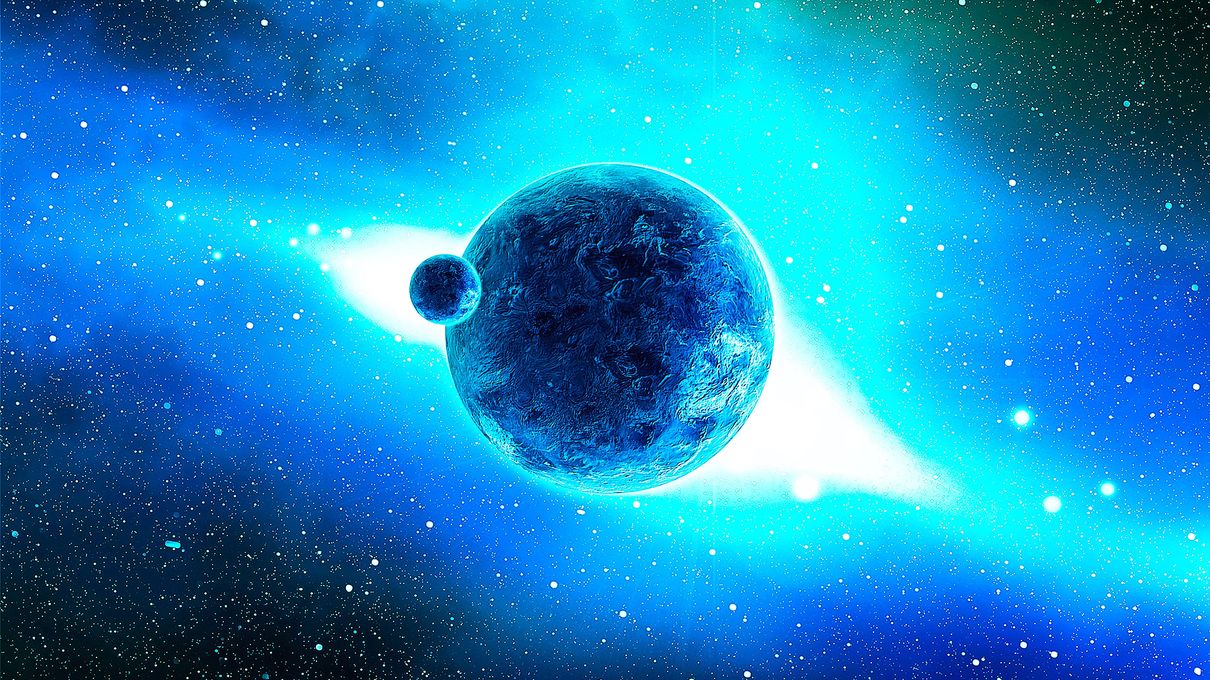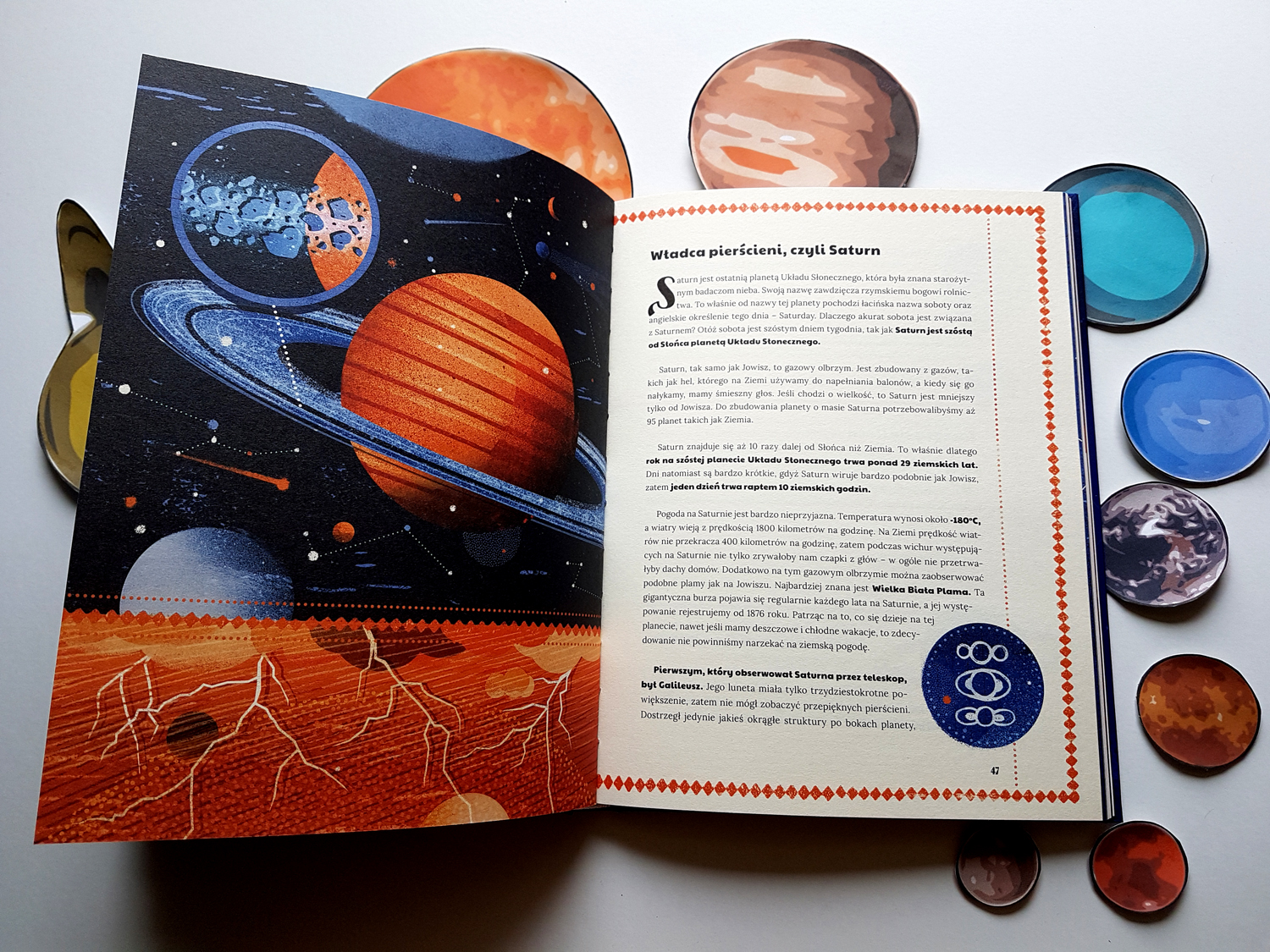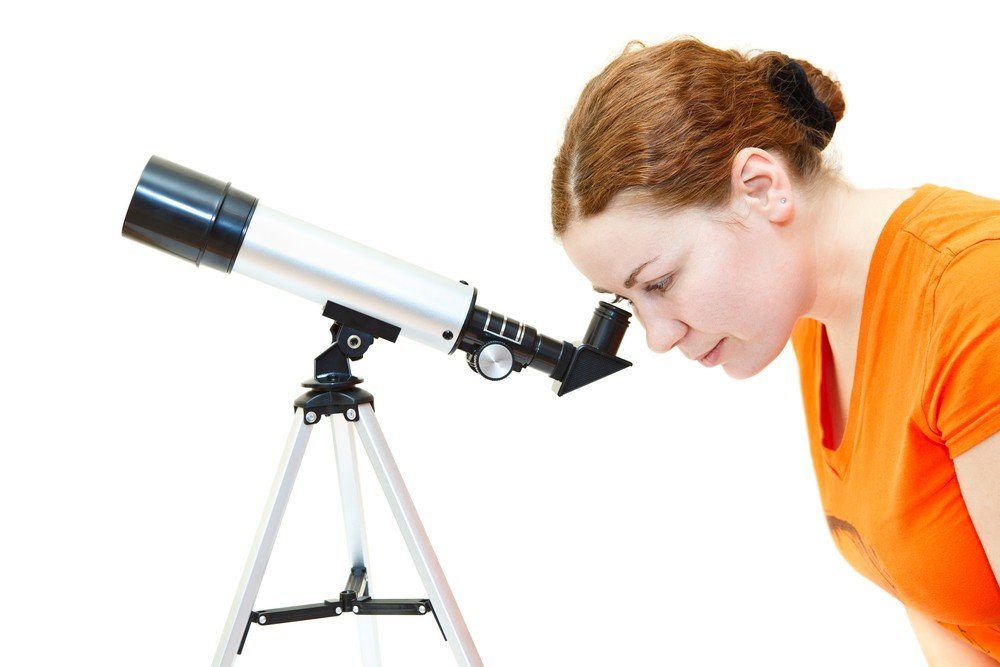Modern Astronomy – Know its evolution in history!
In our content today we will present to you all the details about Modern Astronomy. Before that, learn how this science arises and evolves over the years.
Know that the individual since antiquity has the habit of looking at the sky in search of answers to the many elements that make up the universe, and for that there is the area of science called Astronomy, which is defined as the study of the planets, sun, moon and other celestial objects and not terrestrial phenomena.
This science also had its evolutionary process; then we will study his internship in modern astronomy. Check out all the details by reading this content until the end!
GENERAL ASTRONOMY CONCEPT
Astronomy, in general, is nothing more than the science that is dedicated to studying the universe and defines it as the set of all matter and all energy that exists in the totality of space and time.
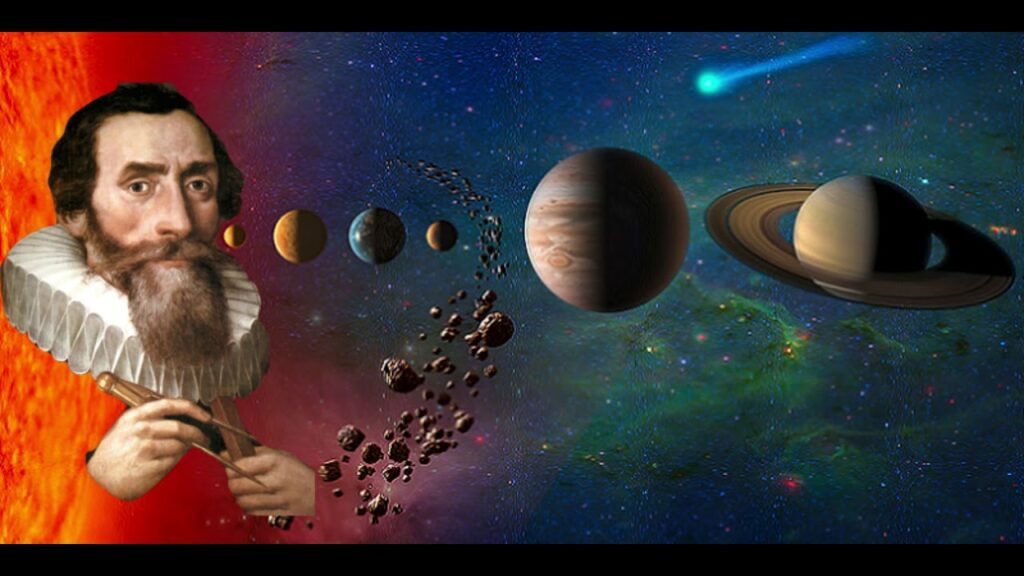
It is an area responsible for the study of the formation and origin of the universe, as well as for the study of all the celestial bodies that form it, including the planets and their satellites (such as the Earth and the moon), stars and interstellar matter, galaxies , dark matter.
It is important not to confuse astronomy with astrology. Astrology is based on a set of beliefs to predict human life through the position and movement of stars. The fundamentals of astrology are not considered a science as they lack a scientific basis.
MODERN ASTRONOMY: RENAISSANCE
From the technical and optical developments and the new mathematical and physical theories, a great impulse was given to the sciences where thousands of celestial objects were discovered and cataloged, where the first authors of Astronomy began to appear in the 16th century. Then comes the Copernican list.
This distinguished scientist publishes one of the most important works in which it is highlighted that the Earth does not remain immobile at the center of the universe, but is governed by a double movement that details how the rotation about itself in 24 hours and the revolution around the sun in one year.
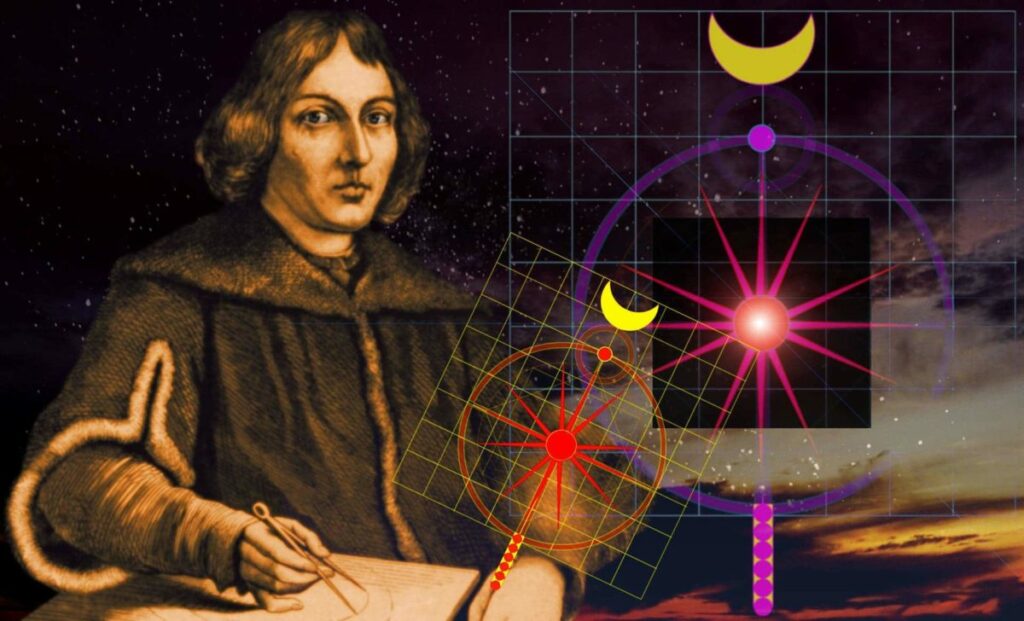
Likewise, this astronomer establishes similar movements for the planets and satellites. Copernicus was a mathematician, physicist and religious leader who was highly regarded for his studies and research on topics related to modern astronomy.
Next is Tycho Brahe, who has distinguished himself as a great observer of the sky and who has been credited with the most accurate astronomical measurements for also having the economic ability to build his own observatory and measuring instruments. However, his contributions were not as well known until Johannes Kepler appeared.
This astronomer was the key to the scientific revolution and was fundamentally recognized by the laws about the motion of planets in their orbit around the sun. Kepler’s other law stated that “the areas swept by the radii of the planets are proportional to the time it takes them to cross the perimeter of those areas”.
After Kepler, history records Galileo Galilei, an important supporter of the heliocentric theory and built a telescope based on the invention of the Dutchman Hans Lippershey and was the first to use it for the study of the stars, managing to discover the craters of the moon, the moons of Jupiter, the sunspots and the phases of Venus. His observations were compatible only with the Copernican model.
MODERN ASTRONOMY: FIRST ASTRONOMERS
Johannes Hevelius enters the list of authors who appear in the 17th century as the great builders of what is now called modern astronomy. This astronomer from Poland has been called the father of lunar topography, performed sunspot observations, spent four years mapping the surface of the moon, discovered lunar libration, discovered four comets among many other events.
Next were astronomers Christian Huygens with the rings of Saturn and Titan, Ole Romer with the speed of light from the eclipses of Jupiter’s satellites and Jhon Flammeteed, founder of the Greenwich Observatory.
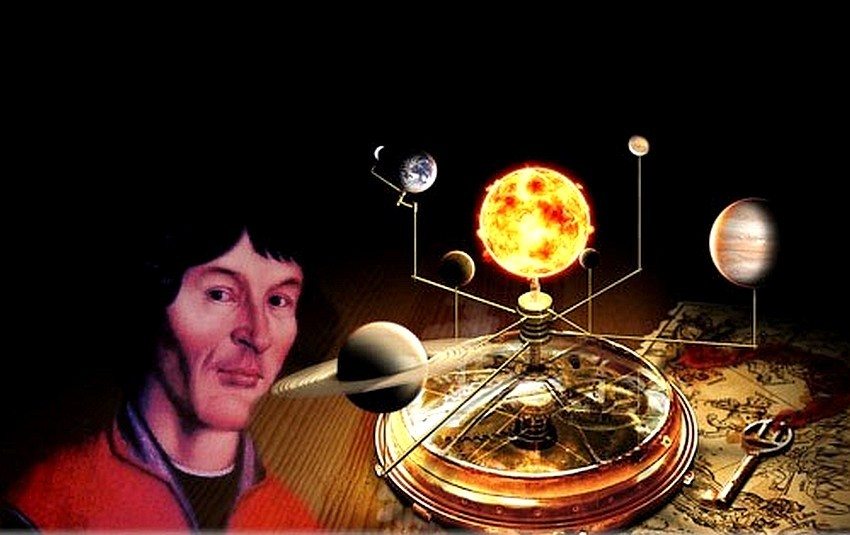
In this environment, scientist Isaac Newton takes action with the promulgation of three laws that definitively ruled out empiricism in the explanation of celestial movements, thus describing it:
A body remains at rest or in rectilinear motion with constant velocity unless an external force acts on it. The force applied by one body to another generates a force of equal magnitude in the former, but in the opposite direction.
The story goes that Newton was inspired by the fall of an apple to imagine the effect of gravity, although it is proven that this is just a legend, it serves as a tool to understand the force of gravitation: the same gravitational force that makes the apple fall extends towards the moon and if it were not for it the moon would escape from the earth’s orbit.
Newton did a lot of work in astronomy, such as modifying the design of the telescopes of the time into a model he called Newtonian reflectors.
NEW METHODS – NEW DISCOVERIES
With the new theories of the universe, the astronomical observation more and more detailed allowed the discovery of other celestial objects besides fixed stars, planets and comets.
They were new observed objects seen as patches of light that, due to their appearance, were given the name of nebulae. Fiedrich Wilhelm Herschel, a German astronomer, was one of the first to study these objects and, together with his sister Caroline Herschel, swept areas of the sky, drawing a map of the galaxy with a large number of observed stars.
During the 18th century, one of the goals of modern astronomy was to calculate distances in the universe, the measurement system used being parallax, which measures the movement of a star in relation to neighboring stars when observed from two different points.
The first distance to a star measured with this method was made by Friedrich Bessel in 1838 and was the 61st of the constellation El Swan with a distance of 11 light years and then Alpha Centauri with a distance of 4.3 light years.
And there? What did you think of the information you received in our article today on modern astronomy? Leave your comment below, sharing what you found most interesting in the content, or something else you know about the topic!


